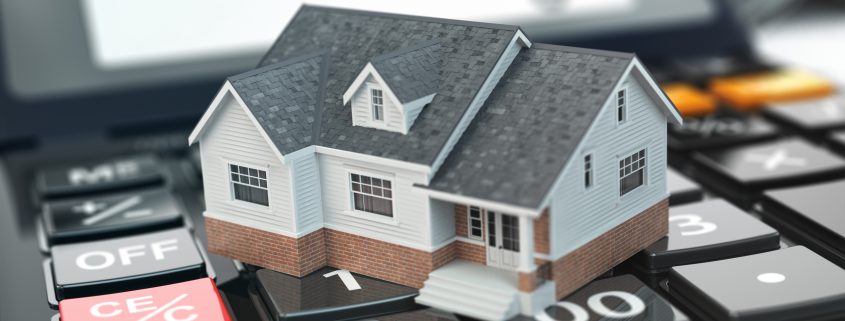Which Residential Upgrades Qualify for a Tax Credit
The Federal Government presented two lines of credits for those who had upgraded their homes to improve energy efficiency or use renewable energy: the Residential Energy Efficiency Property Credit and the Nonbusiness Energy Property Credit. They can be claimed by completing the Form 5695 with all tax returns.
Residential Renewable Energy
Residential Renewable Energy Tax Credit might involve solar, wind, geothermal and fuel technology equipment such as;
- Solar panels or photovoltaics;
- Solar-powered water heaters;
- Wind turbines (up to 100 kilowatts);
- Geothermal heat pumps;
- Fuel cells that rely on a renewable resource (at least 0.5 kilowatts of power).
Residential Energy Details
It is important to highlight that the U.S. Department of Energy stated that the Residential Energy Efficiency Property Credit for solar, wind and geothermal equipment could be claimed for a principal residence and a second home. However, in the case of fuel-cell, equipment can be only installed in the main home.
Moreover, there is no limit on the amount of credit in connection to solar, wind and geothermal equipment; this credit involves a 30% of the cost of the installation included. These window shades and blinds are available at the best prices at Affordable Blinds a website where you can choose on a huge catalog of products.
Nevertheless, the maximum tax credit for fuel cells would be 500 for half-kilowatt of power or $1000 for a kilowatt.
- Residential Energy Efficiency Property Credit for Solar, Wind and Geothermal Equipment.
- For principal residence and second home.
- 30% of costs with the installation.
Nonbusiness Energy Property
Nonbusiness Energy Property Credit equipment and material need to fulfill technical efficiency standards set stated by the Department of Energy. It would be necessary for the manufacturer to tell if the item is appropriate and if it fills the standard.
Two kinds of upgrades can be spotted within this line of credit:
- The first credit is “qualified energy efficiency improvements,” it might include:
- Home insulation
- Exterior doors
- Exterior windows and skylights
- Certain roofing materials changed by experts from https://www.jacksoncontractingsite.com/residential-roofing/
- The second one is “residential energy property costs,” and it might include:
- Electric heat pumps
- Electric heat pump water heaters
- Central air conditioning systems
- Natural gas, propane or oil water heaters
- Stoves that use biomass fuel
- Natural gas, propane or oil furnaces
- Natural gas, propane or oil hot water boilers
- Advanced circulating fans for natural gas, propane or oil furnaces.
Nonbusiness Energy Details
A tax credit might be claimed for 10% of the qualified energy efficiency improvements costs and 100% of residential energy property costs.
But some relevant limits should be implemented:
- A maximum of $500 for all years combined,
- a maximum of $200 can be for windows.
- A maximum tax credit for a furnace circulating fan is $50.
- A maximum credit for a furnace or boiler is $150.
- A maximum credit for any other single residential energy property cost is $300.
It seems that there are plenty of possibilities for residential and nonbusiness energy users to get the credit and be able to add the equipment and material to the tax deductions. Have a look at your residence equipment and be ready to implement new changes in order to save energy and get the credit to reduce its costs.



